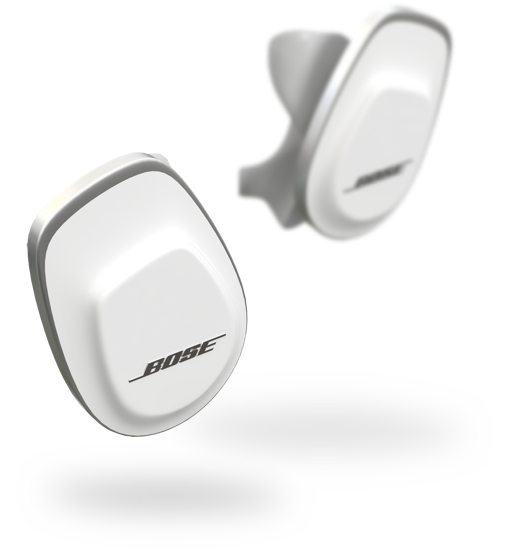Know Your Prototype’s Overall Function and Purpose
A common mistake that a lot of inventors or small business owners make is going into the prototyping stage with the idea that they will build an exact copy of what their final product will look like. However, prototypes are meant to serve other important purposes rather than just a physical copy of their final product.
It is important that the designer and inventor both understand what the purpose of going into making a prototype will be. While sometimes it may be best to create a close replica of the final product, sometimes it’s best to start out with a couple of prototypes that test out the function of the product, the packaging, colour, details, and design.
Throughout our years of experience with Austin invention design services, we know that understanding the purpose of your prototype will not only help when testing your prototype’s purpose but can point out design detail flaws and improvements and make sure that both the engineer, designer, and inventor are all on the same page during the design process.
Functional prototypes and visual prototypes all serve different purposes, therefore it’s important that you go into building your prototype with a clear direction about what you are looking to test out and see once the prototype is made.

Use the Right Materials and Techniques
When we use our Austin invention design services, we know that prototyping is a great opportunity to test out different materials – and with the rise and popularity of 3D printing, making parts to be used in a prototype is easier than ever.
However, be aware that many engineers or designers may convince the inventor to build their prototype with cheaper-grade and low-quality materials under the guise that a prototype is only for testing the product and not the final product itself. Although it is cost-effective to make a product with lower-grade quality materials, it is best to go until building your prototype with the right materials that you ideally would want your final product to be made of.
Using product-grade materials is a more beneficial and cost-effective choice. This is because as long as your budget permits, it is better to have a full prototype that is closest to your final product in order to test how that material itself works with the functionality and purpose of your product.
The material of your product is an extremely important aspect of building your product, and the way your product looks, feels, and works may be hugely different, varying from one material to another. Getting the most accurate representation of your product through using the material you plan on using for producing is the best way to make sure the material you want is the one that is best for your product overall.

Make A Prototype That Accurately Represents the Final Product
As discussed in the previous points, we believe it is important to make sure that every prototype made during your product journey should be made as accurately to the final product as possible. This does not mean that all aspects and design details need to be included in each prototype, but that the finish and structure of the prototype look and function as the final would.
For example, if one were making a plastic toy product that requires mass production through moulding, the prototype could easily be made through 3D printing. However, rather than just 3D printing, the prototype order only shows the function of the product. Adding a high-gloss finish to the product can add a professional touch to the prototype, making it look more like a finished product.
Our Austin invention design services always recommend having a prototype that looks more like your finished product as a smart way to show investors or your audiences what is in store without presenting a prototype that may look too rough.
It’s always important to remember that the creative process of inventing a product involves multiple stages of prototyping. Therefore, having one prototype that may not be as presentable is fine as long as it is made to look exactly like the product once it is made in production. Additionally, having a prototype made for this reason will make the process of sharing your ideas with manufacturers and producers easier.

If you have a great new invention and you’d like to learn more about this process, get in touch with MAKO today and visit our website to find out more. Or feel free to give us a call at +1 (888) 806-MAKO and we can set you up on a call with our product strategist!
About: MAKO Design + Invent is the original firm providing world-class consumer product development services tailored to startups, small manufacturers, and inventors. Simply put, we are the leading one-stop-shop for developing your physical product from idea to store shelves, all in a high-quality, cost-effective, and timely manner. We operate as one powerhouse 30-person product design team spread across 4 offices to serve you (Austin, Miami, San Francisco, & Toronto). We have full-stack in-house industrial design, mechanical engineering, electrical engineering, patent referral, prototyping, and manufacturing services. To assist our startup and inventor clients, in addition to above, we help with business strategy, product strategy, marketing, and sales/distribution for all consumer product categories. Also, our founder Kevin Mako hosts The Product Startup Podcast, the industry's leading hardware podcast. Check it out for tips, interviews, and best practices for hardware startups, inventors, and product developers. Click HERE to learn more about MAKO Design + Invent!







